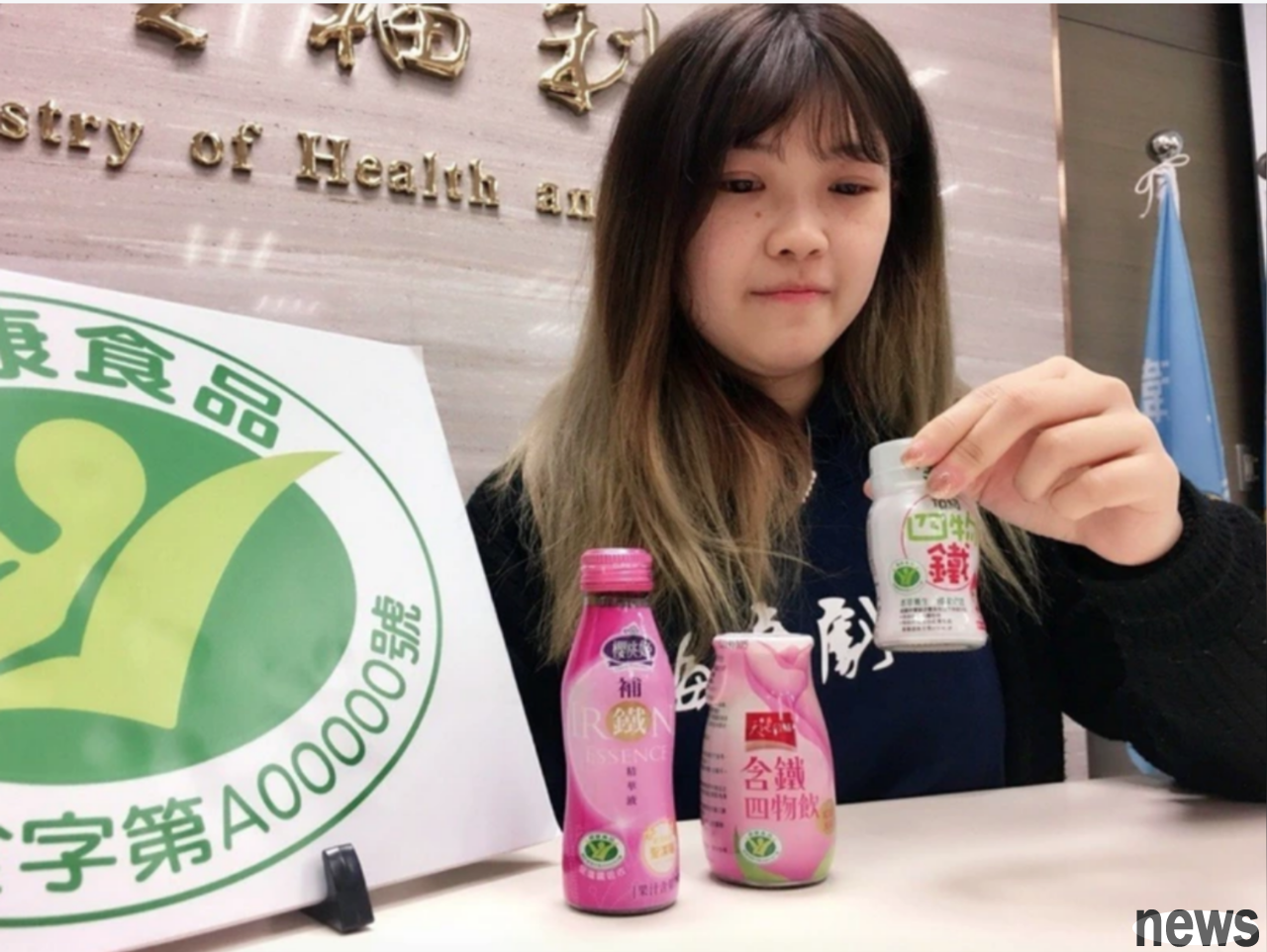What are healthy foods? Is there a definition for healthy food? After the "Healthy Food Management Act" was launched in 1999, "Healthy Food" has become a legal noun and cannot be used casually. Related products must be approved b...
 What are healthy foods? Is there a definition for healthy food?
What are healthy foods? Is there a definition for healthy food? After the "Healthy Food Management Act" was launched in 1999, "Healthy Food" has become a legal noun and cannot be used casually. Related products must be approved by the Ministry of Health and Welfare to apply for a check and registration permit before they can be called "healthy food". Employees cannot claim that their products are healthy food by themselves.
According to the definition of the Healthy Food Management Law: Healthy foods referred to in this Law refer to foods that have health benefits and indicate or advertise their effects. {999 The "health care effect" referred to as "thankfulness" is defined by the second paragraph of Article 2 of the Healthy Food Management Law: health care effect, which refers to the effect of increasing the health of the people, reducing the risk of disease, and has the effect of quality scientific certification, which is not a medical effect for treating and correcting human diseases, and is announced by the central authority.To put it simply, the so-called health food requires a practical scientific basis and has passed the application and registration. If health foods have not been scientifically certified and have not been applied for or registered with the competent authority to become healthy food, they can only be considered "general food" for sale. Advertisements and tags shall not be ineffective, exaggerated, prone to misunderstandings and medical efficacy. If the product involves the health food health efficacy declaration, a ruling will be made in accordance with the violation of the Health Food Administration Law.
The Food and Drug Administration reminds the public that "healthy food" is still a food, not a drug, nor does it have the effect of treating diseases or slimming and weight loss. If there is any inappropriate or healthy check-up in the body, it should be treated with normal medical pipelines. Do not take products that are effective or effective on your own to avoid spending money and harming your body.For the approved "healthy food" must be specified in the product packaging label "healthy food" and (little green) standard images, license numbers, health care efficacy statements and other related regulations. Approved product information can be checked in the integrated inquiry center of the Ministry of Health and Welfare.

Semiolenic Acid is a type (Omega-3 polybiotic indigestion and fatty acid) that has a helpful adjustment effect on those with high blood sugar levels on fasting (fasting) during animal experiments. In addition, according to the information of Huang Baoyi, a nutritionist in Changgeng, Kaohsiung, pointed out that γ-cia oleic acid has an improved function for neuropathy changes in type 1 diabetes and type 2 diabetes, but is not helpful for glycosylated hemoglobin (HBA1c). The dose of treatment for neuropathy is 360-480 mg per day and must be consumed with food.
2. GinsengPeople's participation is also a person with high fasting blood glucose levels in animal experiments, and has an auxiliary and adjustable effect. In addition, according to the Huang Bao Ling Education Information of Kaohsiung Chang Geng Nutritional Teacher, the glycosides contained in humans have this effect, but the content of healthy foods on the market is different and may have the function of affecting blood pressure and nerves. The disadvantage of human visits is that it will cause side effects with a lot of drugs, so it is necessary to consult with a doctor or pharmacist for use.
The commonly used drugs with humans include:●Anti-hypertensive drugs
●Anti-depressant drugs
●Estrogen drugs
●Anti-coagulants, especially anticoagulants of Huafarin (warfarin).
3.β-Glucan (β-Glucan)β-Peucalycene has a role in promoting blood sugar for those with high fasting blood glucose. β-Polygrapes is also a water-soluble dietary fiber, which is difficult to digest and can extend the absorption of sugar, and has the effect of stabilizing blood sugar. If you are more sensitive to dietary stamina, eating too much may cause abdominal distension and diarrhea.
4. Digestive oxidative oxidative oxidative oxidative oxidative oxidative oxidative oxidative oxidative oxidative oxidative oxidative oxidative oxidative oxidative oxidative oxidative oxidative oxidative oxidative oxidative oxidative oxidative oxidative oxidative oxidative oxidative oxidative oxidative oxidative oxidative oxidative oxidative oxidative oxidative oxidative oxidative oxidative oxidative oxidative oxidative oxidative oxidative oxidative oxidative oxidative oxidative oxidative oxidative oxidative oxidative oxidative oxidative oxidative oxidative oxidative oxidative oxidative oxidative oxidative oxidative2. It has a useful and adjustable effect on those with high fasting blood sugar.
It is a water-soluble dietary fiber ingredient, which has low heat, controls the rate of blood sugar rise, and stabilizes blood sugar. If you are more sensitive to dietary stamina, eating too much may cause abdominal distension and diarrhea.
5. 大is often used with β-大子变 and difficult-to-digestible 大子生子生子生子生子生子生子生子生子生子生子生子生子生子生子生子生子生子生子生子生子生子生子生子生子生子生子生子生子生子生子生子生子生子生子生子生子生子生子生子生子生子生子生子生子生子生子生子生子生子生子生子生子生子生子生子生子生子生子生子生子生子生子生子生子生子生子生子生子生子生子生子生子生子生子生子生子生� According to the instructions of the Hong Kong Food Safety Centre: 3-price 6-price meter is a relatively non-toxic substance. Calculated at a weight of 50 to 70 mg of 6-price meter will cause acute poisoning and may harm the liver and kidneys. Based on a study by the National Environmental Protection Agency that 3-price can reduce the weight of liver and spleen in mice (the final point of toxicology), the US National Environmental Protection Agency ordered the long-term oral reference dose of insoluble 3-price salts at 1.5 mg per kilogram per day, but excessive 3-price can still cause the heart to stop beating. The current recommended dose of 3% is 200μg (microgram, 1 mg = 1000 microgram), and the current research results are still uncertain and need to be continued.
6. Red kojiRed koji contains red kojicin K (Monacolin K), which is mainly used to regulate blood lipids. It has been studied in human consumption and animal experiments and verification.. In addition to adjusting blood lipids, red koji also has developed in adjusting blood sugar. In animal experiments, it has a role in promoting blood sugar regulation for those with high fasting blood sugar. But it should be noted that you need to pay attention when using red koji, because it may interact with some lowering sterol drugs, so it is strongly recommended to discuss with doctors and pharmacists. In addition, some groups are not suitable for using red koji. For example, women during pregnancy and breastfeeding, liver disease and major surgical treatment, and healthy foods from red koji are not suitable for using.